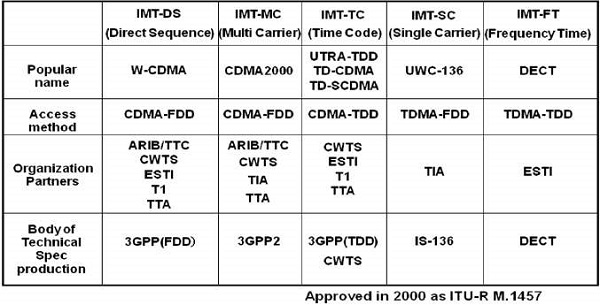Code Division Multiple Access (CDMA) is a channel access method normally used by 3G radio communication technology as well as in some other technologies. The technicality of CDMA technology has given significant advantages over other parallel technologies in terms of spectrum efficiency and overall performance. This is a brief tutorial that describes all the technical terms in a simple language to make it understandable for all the interested readers.
Audience
The tutorial is designed for all those readers who are planning or pursuing the CDMA course to make their career in this field. However, it is also meant for the common readers who simply want to understand − what is CDMA Technology?
Prerequisites
This tutorial provides a basic overview of CDMA in a user-friendly way. We have tried to keep it simple enough so that it would be useful to any reader. A general awareness of some basics of telecommunications is sufficient to understand the concepts explained in this tutorial.
What is CDMA?
Code Division Multiple Access (CDMA) is a digital cellular technology used for mobile communication. CDMA is the base on which access methods such as cdmaOne, CDMA-2000, and WCDMA are built. CDMA cellular systems are deemed superior to FDMA and TDMA, which is why CDMA plays a critical role in building efficient, robust, and secure radio communication systems.
A Simple Analogy
Let’s take a simple analogy to understand the concept of CDMA. Assume we have a few students gathered in a classroom who would like to talk to each other simultaneously. Nothing would be audible if everyone starts speaking at the same time. Either they must take turns to speak or use different languages to communicate.
The second option is quite similar to CDMA − students speaking the same language can understand each other, while other languages are perceived as noise and rejected. Similarly, in radio CDMA, each group of users is given a shared code. Many codes occupy the same channel, but only those users associated with a particular code can communicate.
Salient Features of CDMA
CDMA, which is based on the spread spectrum technique has following salient features −
- In CDMA, every channel uses the full available spectrum.
- Individual conversations are encoded with a pseudo-random digital sequence and then transmitted using a wide frequency range.
- CDMA consistently provides better capacity for voice and data communications, allowing more subscribers to connect at any given time.
- CDMA is the common platform on which 3G technologies are built. For 3G, CDMA uses 1x EV-DO and EV-DV.
Third Generation Standards
CDMA2000 uses Frequency Division Duplexing-Multicarrier (FDD-MC) mode. Here, multicarrier implies N × 1.25 MHz channels overlaid on N existing IS-95 carriers or deployed on unoccupied spectrum. CDMA2000 includes −
- 1x — uses a spreading rate of 1.2288 Mcps.
- 3x — uses a spreading rate of 3 × 1.2288 Mcps or 3.6864 Mcps.
- 1xEV-DO (1x Evolution – Data Optimized) — uses a spreading rate of 1.2288 Mcps, optimized for the data.
- WCDMA/FDD-DS — Wideband CDMA (WCDMA) Frequency Division Duplexing-Direct Sequence spreading (FDD-DS) mode. This has a single 5 MHz channel. WCDMA uses a single carrier per channel and employs a spreading rate of 3.84 Mcps.
CDMA Development Group (CDG)
The CDMA Development Group (CDG), founded in December 1993, is an international consortium of companies. It works together to lead the growth and evolution of advanced wireless telecommunication systems.
CDG is comprised of service providers, infrastructure manufacturers, device vendors, test equipment vendors, application developers, and content providers. Its members jointly define the technical requirements for the development of complementary systems CDMA2000 and 4G. Further, the interoperability with other emerging wireless technologies are meant to increase the availability of wireless products and services to consumers and businesses worldwide.
IMT-2000 System







